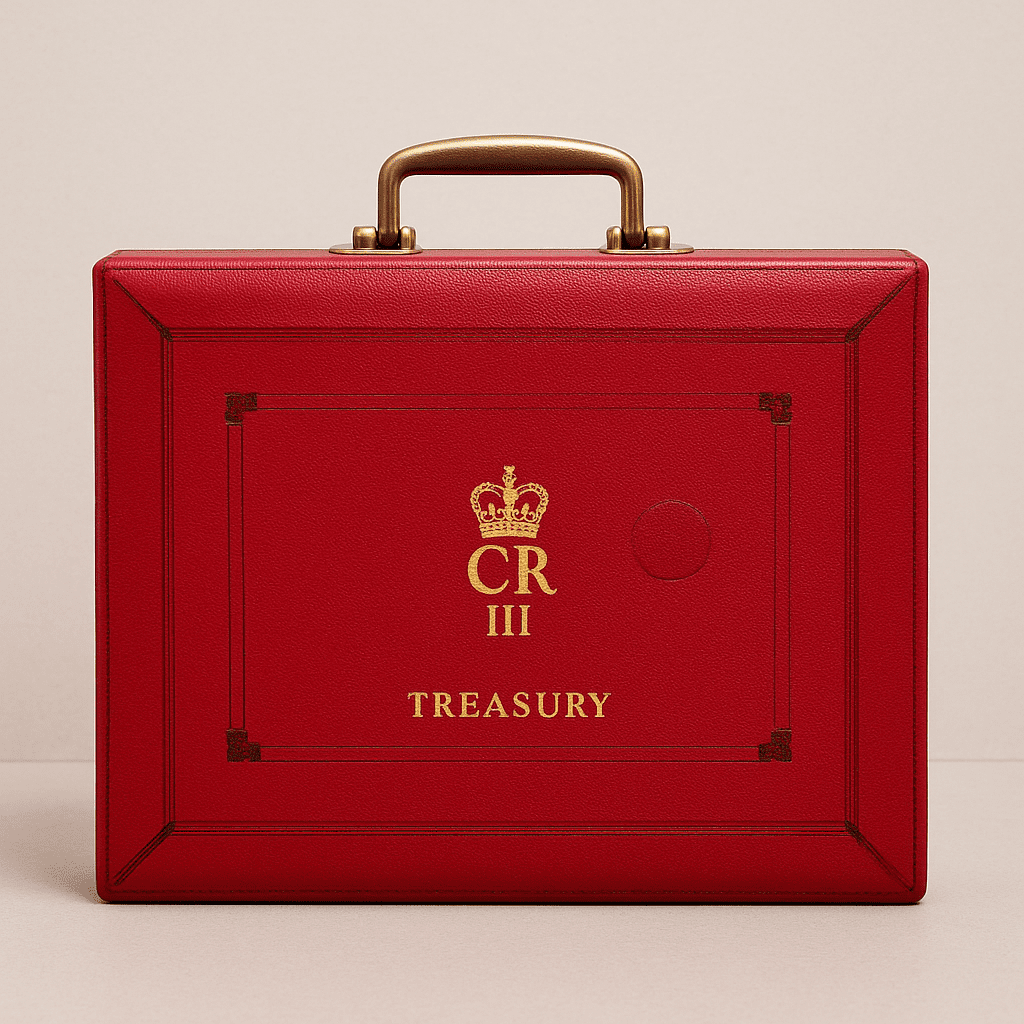The 6th April signifies the start of the new tax year and with it the renewing of many of your tax allowances.
The 6th April is an odd date for a “new year” and we have, like most things, the Romans to thank for that. Before the adoption of the Gregorian calendar, the start of our new year was the 25th March. This seemingly random day had plenty of significance as it was “Lady Day,” the Roman Catholic Feast of the Annunciation (when the angel Gabriel first visited the Virgin Mary), the start of Spring whereby new life emerged from the ending of Winter and when farmers began to plant the first crops of the year. As the 25th March signified the start of new life, it made sense for it be the start of the new calendar year. To this end, we adopted this date as the start of all legal contracts and this date stuck with us until 1752 when Great Britain adopted the Gregorian Calendar. The new calendar meant we had to skip forward 11 days and, not to leave the taxman out of pocket, the dates for contracts were moved forward and the 6th April became the start of the tax year, where it has remained ever since!
The main allowances that we get each take year are:
ISA Allowance – £20,000
An ISA is a tax wrapper whereby all gains within, and all withdrawals from, an ISA are tax-free. For this valuable tax benefit, we are limited to contributing a maximum of £20,000 into an ISA. The ISA allowance can be shared, but not exceeded, across multiple ISAs. The four types of ISA available are Cash, Stocks & Shares, Innovative and Lifetime ISAs.
Annual Allowance – Up to £60,000
The Annual Allowance, or better known as the pension contribution allowance, is the gross amount you can put into a pension each year without penalty. The annual allowance is the lower of £60,000 or your earned income for the tax year. Therefore, if you earn £40,000 a year, you’ll only be able to put up to £40,000 into a pension.
There are other factors which can reduce (taper) your Annual Allowance such as earning above a certain amount of income or withdrawing money from the taxable portion of your pension.
Personal Allowance – £12,570
The Personal Allowance is the amount you can earn within a tax-year before you start paying income tax. This can be through a job, your state pension or drawing down flexibly on your pension.
If you are fortunate enough to earn over £100,000 a year, your Personal Allowance will begin to reduce and will altogether disappear if you earn over £125,140. There are ways in which you can get your Personal Allowance back, such as making pension contributions, but this is something best discussed with a Financial Adviser.
Annual Exempt Allowance – £3,000
Better known as the Capital Gains Allowance, the Annual Exempt Allowance means that the first £3,000 worth of capital gains realised in a tax-year is exempt from Capital Gains Tax (CGT). This allowance allows individuals to draw a tax-free “income” from their investments that are subject to CGT.
There are plenty of other allowances that renew at the start of a new tax-year, such as the Dividend Allowance, Personal Savings Allowance, Marriage Allowance and many more.
The start of the tax year is the best time to use your allowances and begin planning for the year ahead. A lot of these allowances are “use it or lose it” allowances, so if you don’t make use of them this year, they won’t be carried over to the next year.
If you wish to speak with us about any of the allowances mentioned in this article than please feel free to reach out to us.
written by George Leeson






Recent Comments